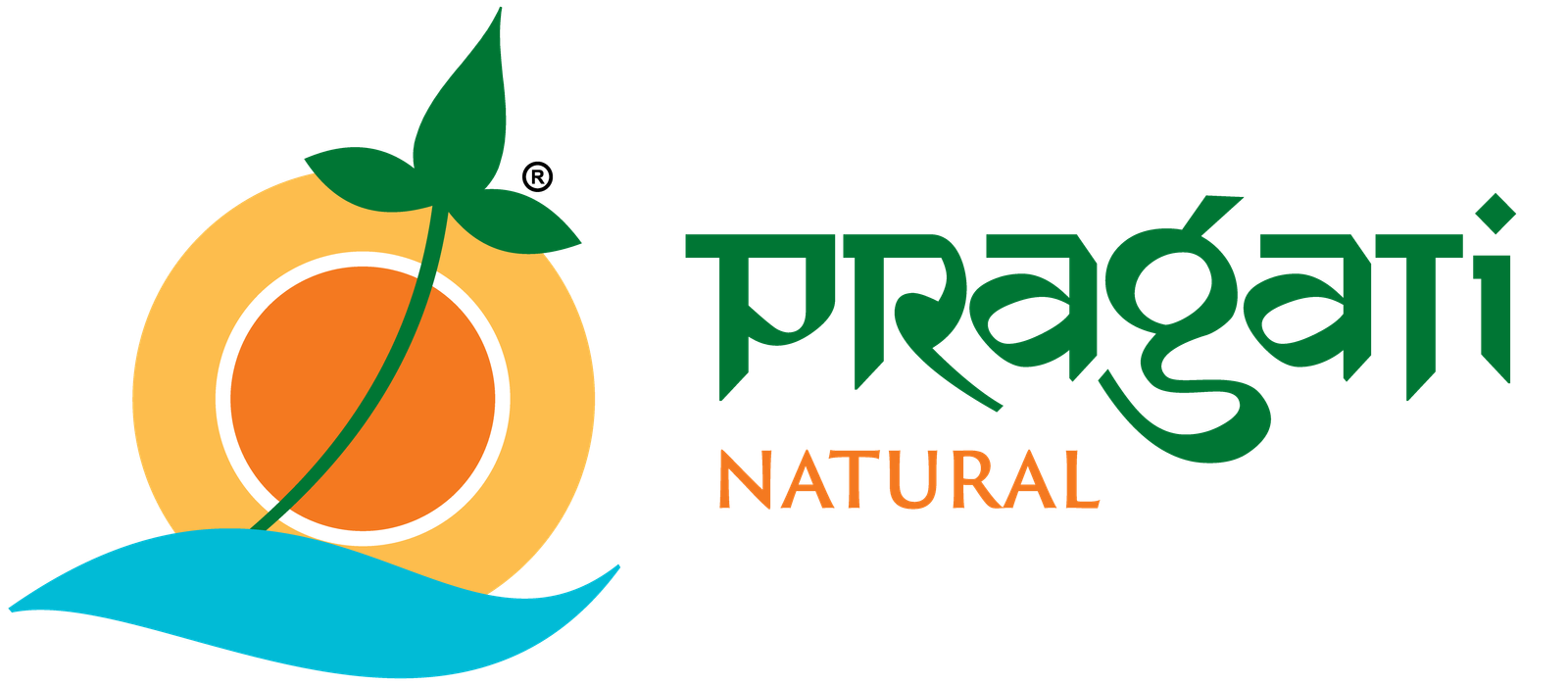Millets are a boon to human nutrition. For ages, our ancestors consumed millets as a staple diet in India. These are healthy cereals filled with all the nutrients like protein, fiber, and carbohydrates that provide a well-balanced diet. They bring us health, wealth, and long life, and thus they are called ‘Siri Dhanyalu’ (Golden Millets). Let’s go back to 100-150 years ago. With great certainty, we can find that humans mainly ate millets like Foxtail millets (Korralu), Little millets (Samalu), Barnyard millets (Oodalu), Browntop Millets (Andu korralu), and Kodo millets (Arikalu). People around the world, for ages, used to eat these cereals for a wonderful, healthy, and well-balanced diet. Foxtail millets (Korralu) were called Italian Millet. Barnyard millets (Oodalu) had another name as Japanese Millet. Browntop Millets (Andu korralu) and Bajra (Sajjalu) were widely cultivated even in the United States of America.
Companies with only commercial interests deliberately brought other diet items like rice, wheat, sugar into usage worldwide. But these imperil our health and environment too. They promoted these foods heavily and almost forced it upon many countries to cultivate and eat only this food to meet hunger and survive. This kind of circumstances slowly developed into a deeply rooted belief that this food is our main staple diet. Unfortunately, consumption of this type of food has led to a host of health issues in human beings globally, and it continues. Britishers neglected millet food. They felt these are tiny seeds and nuts and thought they were coming as blocks in processing mills. They campaigned that these are not useful for human consumption.
In early times, rice used to grow under the lakes and tanks, in some designated places only. Mainly they were consumed by rich people and zamindars. They boasted about their food by sticking rice grain on their mustache when they came to meet people after having food. If someone very rarely developed diabetes in those days, it was only due to their rice. In the world’s history, if there is any mention of rice, it is due to common people who cultivated and ate millets easily, without much trouble and few showers of rain in a year. Our elders lived with sound health and kept fit, only because of the golden millet diet they ate. In our country, rice varieties have very poor fiber content. We should not boast about the rice, thinking that this is from our country, and rich people grew them under their tanks or lakes. If it is really our country’s food, it should keep us well-balanced and healthy. This is the specialty of the millet foods, that they are so precious, and not just only our country food, ‘they are as Local as they are Universal’! We should absorb this mystery. Then only can we understand what is healthy to consume and what is not.
As we grow conscious of health, we grow curious and more interested in millet foods. It is essential to understand how we cook them in various methods. For the past few years, Vasudha Rambabu Garu has introduced different new varieties of millet recipes, and he’s now referred to as ‘Millet’ Rambabu. Some of his millet recipes are presented here for the convenience of our readers.
Food Measurements 1 cup = 240 grams 1/2 cup = 120 grams 1/4 cup = 60 grams 1 spoon = 12 grams
Water measurements to cook millet food 1 cup Oodalu (Barnyard millets) = 2 cups water 1 cup Saamalu (Little millets) = 2 cups water 1 cup Korralu (Foxtail millets) = 2.5 cups water 1 cup Arikelu (Kodo millets) = 3 cups water 1 cup Andu Korralu (Browntop Millets) = 3.5 cups water
Kodo millet(Arika) Sweet Appams (hyperlink to recipe’s page)Ingredients Kodo millets (Arikelu) – 1 cup Fresh coconut grated – 1/4 cup Fresh coconut pieces – handful/fistful Cardamom powder – 1/2 small spoon Jaggery – 3/4 cup Ripe Banana – 1 Ghee – 3 spoons Method: • Soak Arikelu for 4-6 hours, strain the water, and grind it into a paste along with grated coconut and banana. • Make jaggery syrup with light string consistency and let it cool. Roast the coconut pieces in ghee. Add the above mixture, cardamom, and roasted coconut pieces to the syrup. • Heat paniyaram mold on the stove. Grease the slots with ghee. Pour the prepared mixture into the slots of the paniyaram mold and fry till golden brown. Tasty and healthy Arika sweet appams would be ready.
Tips: • These appams can be made with all types of millets. • If we don’t like Banana flavor, we can add a fistful of cooked rice.





